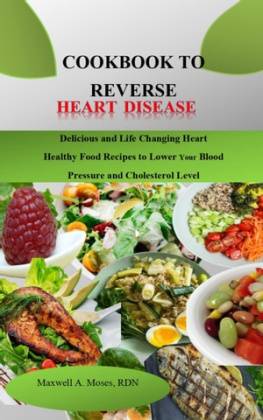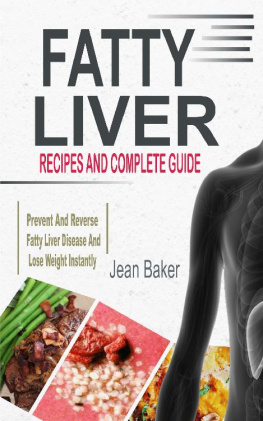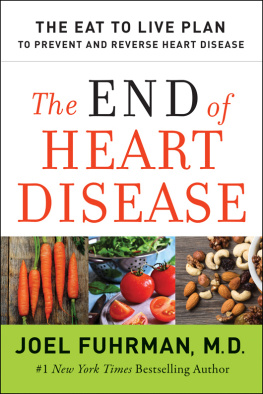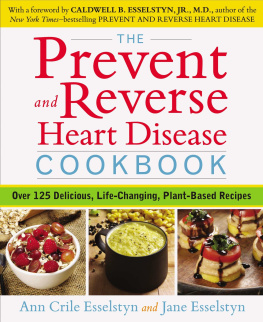Dr. Don Colbert - Let food be your medicine cookbook: how to help prevent or reverse disease!
Here you can read online Dr. Don Colbert - Let food be your medicine cookbook: how to help prevent or reverse disease! full text of the book (entire story) in english for free. Download pdf and epub, get meaning, cover and reviews about this ebook. year: 2019, publisher: Worthy, genre: Home and family. Description of the work, (preface) as well as reviews are available. Best literature library LitArk.com created for fans of good reading and offers a wide selection of genres:
Romance novel
Science fiction
Adventure
Detective
Science
History
Home and family
Prose
Art
Politics
Computer
Non-fiction
Religion
Business
Children
Humor
Choose a favorite category and find really read worthwhile books. Enjoy immersion in the world of imagination, feel the emotions of the characters or learn something new for yourself, make an fascinating discovery.

- Book:Let food be your medicine cookbook: how to help prevent or reverse disease!
- Author:
- Publisher:Worthy
- Genre:
- Year:2019
- Rating:5 / 5
- Favourites:Add to favourites
- Your mark:
- 100
- 1
- 2
- 3
- 4
- 5
Let food be your medicine cookbook: how to help prevent or reverse disease!: summary, description and annotation
We offer to read an annotation, description, summary or preface (depends on what the author of the book "Let food be your medicine cookbook: how to help prevent or reverse disease!" wrote himself). If you haven't found the necessary information about the book — write in the comments, we will try to find it.
Dr. Don Colbert: author's other books
Who wrote Let food be your medicine cookbook: how to help prevent or reverse disease!? Find out the surname, the name of the author of the book and a list of all author's works by series.
Let food be your medicine cookbook: how to help prevent or reverse disease! — read online for free the complete book (whole text) full work
Below is the text of the book, divided by pages. System saving the place of the last page read, allows you to conveniently read the book "Let food be your medicine cookbook: how to help prevent or reverse disease!" online for free, without having to search again every time where you left off. Put a bookmark, and you can go to the page where you finished reading at any time.
Font size:
Interval:
Bookmark:
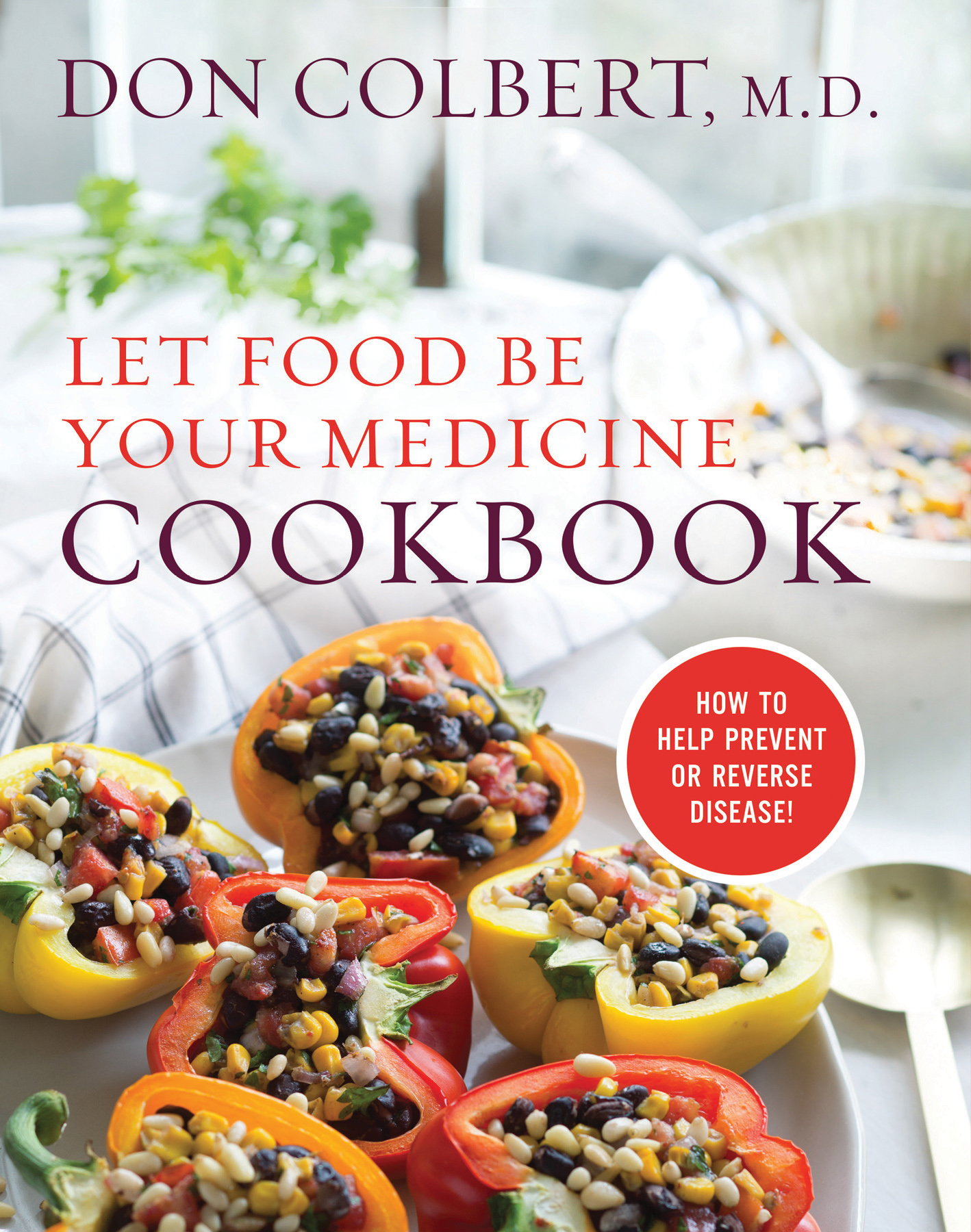


If you would like permission to use material from the book (other than for review purposes), please contact permissions@hbgusa.com. Thank you for your support of the authors rights. Worthy Books Hachette Book Group 1290 Avenue of the Americas, New York, NY 10104 faithwords.com twitter.com/faithwords First Edition: November 2017 Previously published as a hardcover with the title: Let Food Be Your Medicine Cookbook: Recipes Proven To Prevent Or Reverse Disease Worthy is a division of Hachette Book Group, Inc. The Worthy name and logo are trademarks of Hachette Book Group, Inc.. The publisher is not responsible for websites (or their content) that are not owned by the publisher. The Hachette Speakers Bureau provides a wide range of authors for speaking events.
To find out more, go to www.hachettespeakersbureau.com or call (866) 376-6591. ISBNs: 978-1-6839-7057-6 (hardcover) 978-1-5460-3414-8 (ebook) E3-20191127-JV-NF-ORI
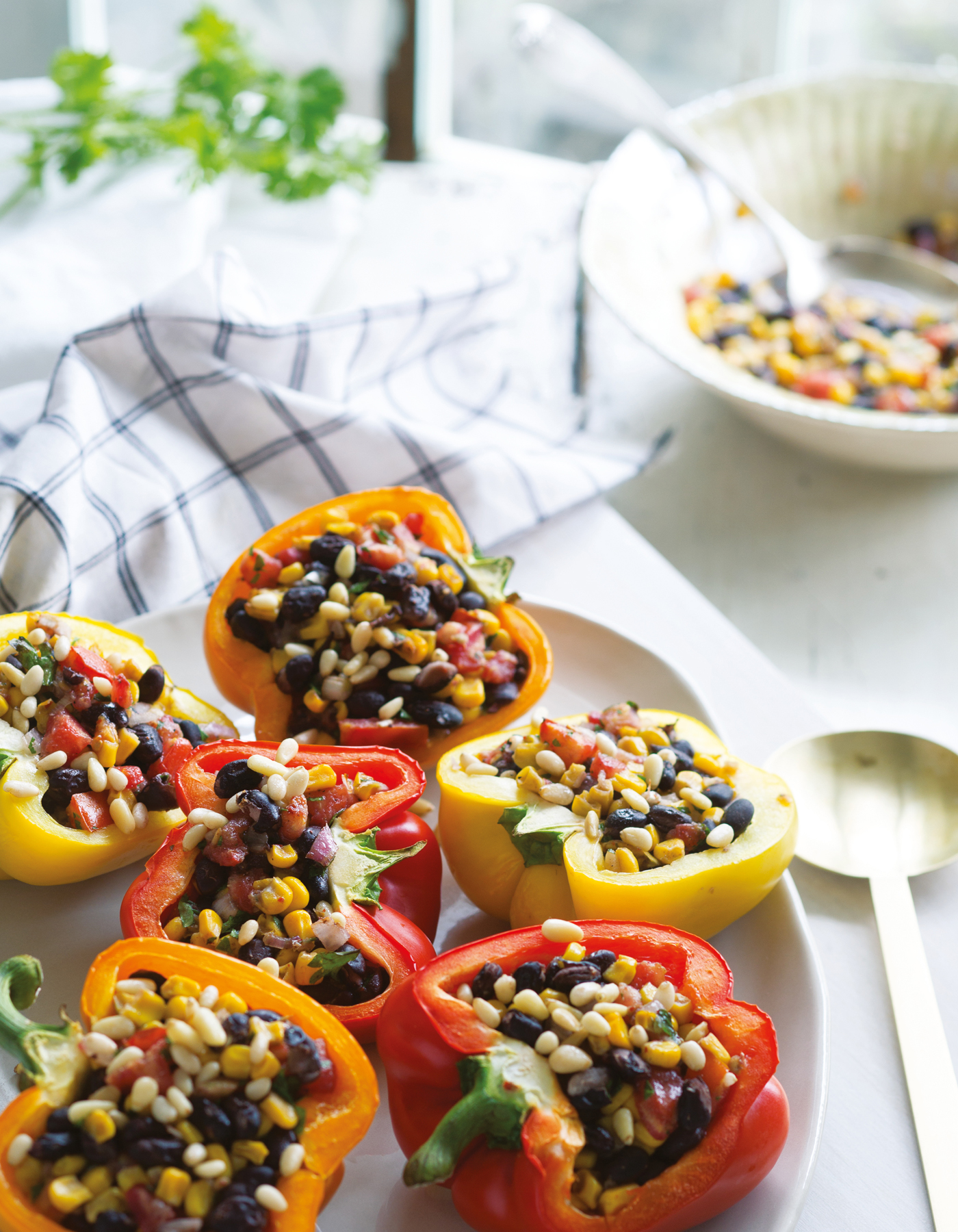

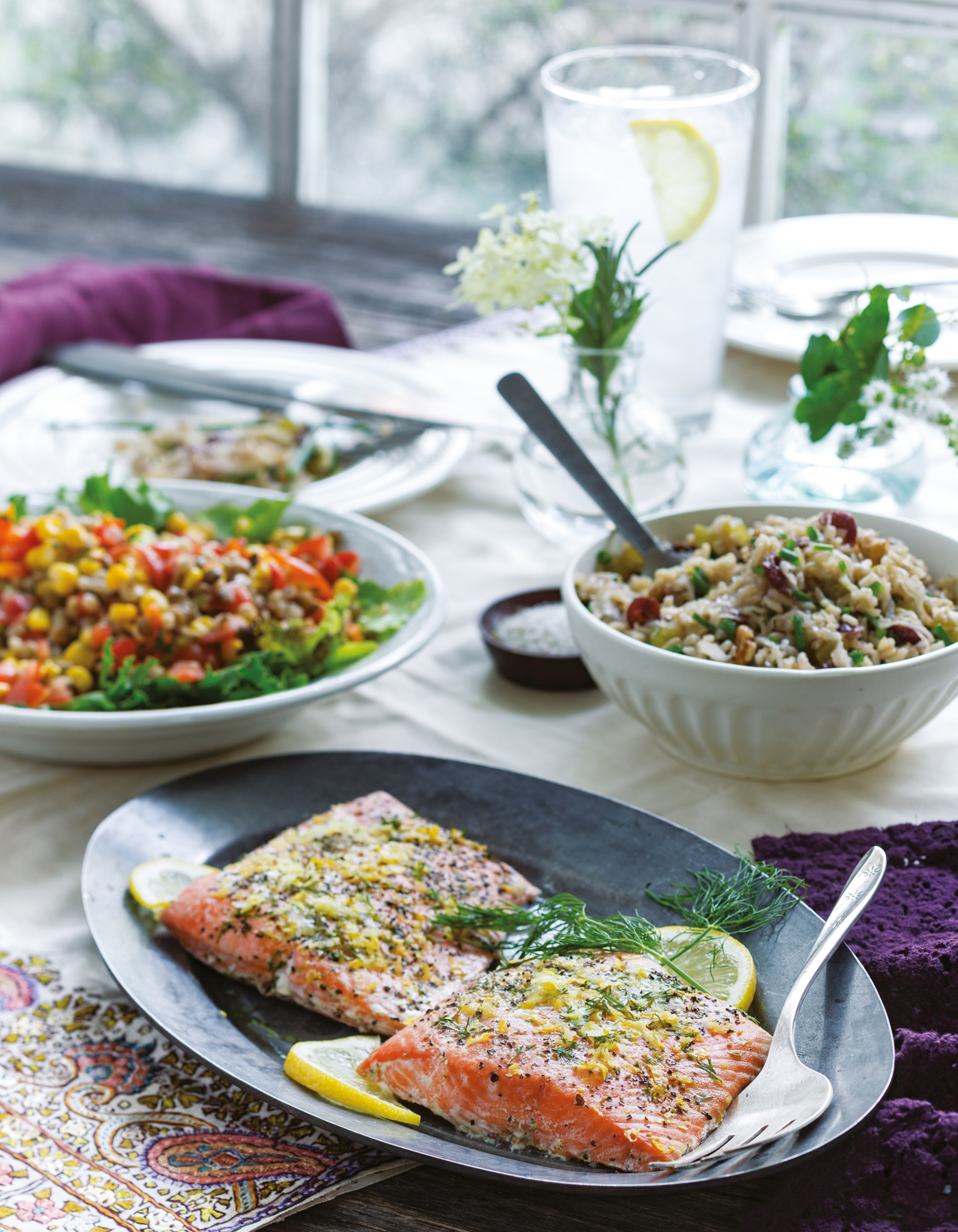
It is more than just a dietit is a way of life. In America, we scarf down our food, typically in less than ten minutes and often while driving or watching TV. Maybe you had a grandmother who said, Slow down and chew your food! Those were not wasted words. It is very good advice, and it is something that naturally happens when you enjoy a dinner with others. Chewing your food thirty times is the best for digestion and food absorption. Try it the next time you are eating.
If you are chowing down, slow down, put your fork down between bites, and you will probably feel better and have significantly less indigestion and heartburn. Eating at a slower pace, with friends and family, not only helps you control your appetite, but it also helps reduce your stress. There is nothing wrong with that! If you want to shift over to the Mediterranean Diet, then there are thirteen important steps to take. Some steps and decisions will be easier than others, but every single step is a good one, except with certain grains. Here is what it usually takes: 1. 2. 2.
Substitute olive oil for butter, margarine, salad dressings, and other oils. Get rid of other oils, salad dressings, lard, Crisco, other products with hydrogenated fat, as well as polyunsaturated fats including soybean oil, corn oil, sunflower oil, cotton seed oil, and the mono-unsaturated fat, canola oil. 3. Buy only whole-grain items, fresh fruits, fresh vegetables, nuts, and seeds. 4. 5. 5.
Avoid fried or deep-fried foods. 6. Choose low-fat, plain yogurt, and sweeten with stevia or fresh fruit. 7. Limit cheese to small amounts of Parmesan or Feta mixed with salads or main dishes. 8.
Buy fish and poultry more than red meat. 9. Eat red meat very sparingly. 10. Cut out sugary sweets. 11.
Enjoy a glass of red wine (caution: may lead to dependence or alcoholism) or sparkling water with lunch or dinner. 12. Walk, bike, and run as much as you can. 13. Slow down and enjoy your dining experience. The Mediterranean Diet, like the typical health pyramid the USDA produces, is built on levels or layers, where you eat the most of the food items at the bottom of the pyramid and the least of the food items at the top.
With that in mind, here is how the Mediterranean Diet looks from the bottom up: Level One: Complex carbohydrates in the form of brown rice, whole-grain rice, whole-grain pasta, and whole-grain bread (the fresher the better). Other possible options include cracked whole wheat (bulgur wheat), couscous, coarse cornmeal (polenta), and potatoes. Level Two: Fruits, vegetables, nuts, beans, and other legumes. Salads are made of dark green, leafy lettuce, fresh vine-ripened tomatoes, broccoli, spinach, peppers, onions, and cucumbers. The vegetables are often mixed with pasta or rice, used in salads, served as appetizers, or offered as a main or side dish. Fruits are at this level, but are usually a dessert or snack.
Nuts are toppings to add flavor and texture. The beans and legumes are usually in soups, added to salads, used as dips (i.e., hummus), or as a main dish. Level Three: Olive oil, used instead of other oils, butter, margarine, etc. Not only for cooking, it is commonly mixed with balsamic vinegar as a salad dressing. Level Four: Cheese and yogurt, in small amounts. Freshly grated Parmesan on pasta or a little Feta cheese on a salad is common.
Yogurt (about a cup a day) is how milk is usually eaten, and it is low fat or nonfat, usually served with fresh fruit added. Yogurt is also a salad dressing (i.e., mixed with dill, garlic, onion, and cucumbers). Level Five: Fish, eaten more than other meats, in about 4-ounce portions, several times a week. Level Six: Chicken, turkey, and eggs. Chicken in 3- to 6-ounce portions a few times a week is common. The meat is usually skinless and added to soups, stews, and other dishes loaded with vegetables.
Two to three eggs, with yolks, per week, rotating every three days. Level Seven: Red meat, in the form of beef, veal, pork, sheep, lamb, and goat, is eaten only a few times a month. It is then often served as a topping to a vegetable, pasta, or rice dish.
Font size:
Interval:
Bookmark:
Similar books «Let food be your medicine cookbook: how to help prevent or reverse disease!»
Look at similar books to Let food be your medicine cookbook: how to help prevent or reverse disease!. We have selected literature similar in name and meaning in the hope of providing readers with more options to find new, interesting, not yet read works.
Discussion, reviews of the book Let food be your medicine cookbook: how to help prevent or reverse disease! and just readers' own opinions. Leave your comments, write what you think about the work, its meaning or the main characters. Specify what exactly you liked and what you didn't like, and why you think so.

